Tomato paste, a common pantry staple, lends its rich, concentrated tomato sauce to various recipes. But what happens when you realize you're out of this essential ingredient and your recipe calls for tomato paste?
Fear not. In this post, we'll explore the best tomato paste substitute alternatives that can rescue your recipe and infuse it with the vibrant essence of tomatoes. From pantry staples to creative alternatives, we'll explore the options that can rescue your dish and add a unique twist to your culinary creations.
The 12 Best Tomato Paste Substitutes
Tomato Sauce
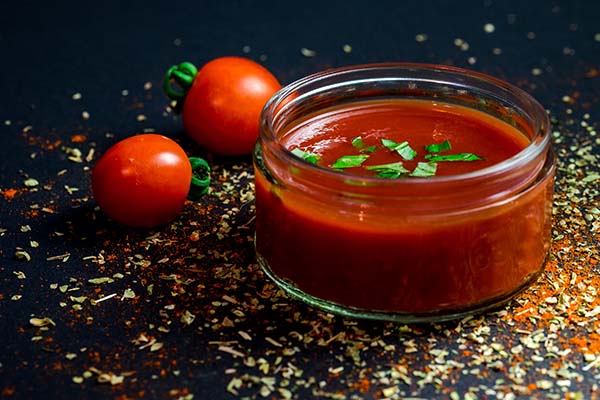
Tomato sauce is an excellent substitute for tomato paste in various recipes due to its similar tomato flavor and consistency. It's a versatile alternative that works well in dishes like soups, stews, and sauces. When using tomato sauce as a replacement for tomato paste, you can typically use a 1:1 ratio, meaning that for every tablespoon of tomato paste required in your recipe, you can use an equal amount of tomato sauce.
Tomato sauce substitution is particularly useful to maintain the tomato flavor without the concentrated thickness of tomato paste. However, remember that tomato sauce is slightly more liquid, so you may need to adjust the cooking time or add a thickening agent if necessary.
Canned Tomatoes
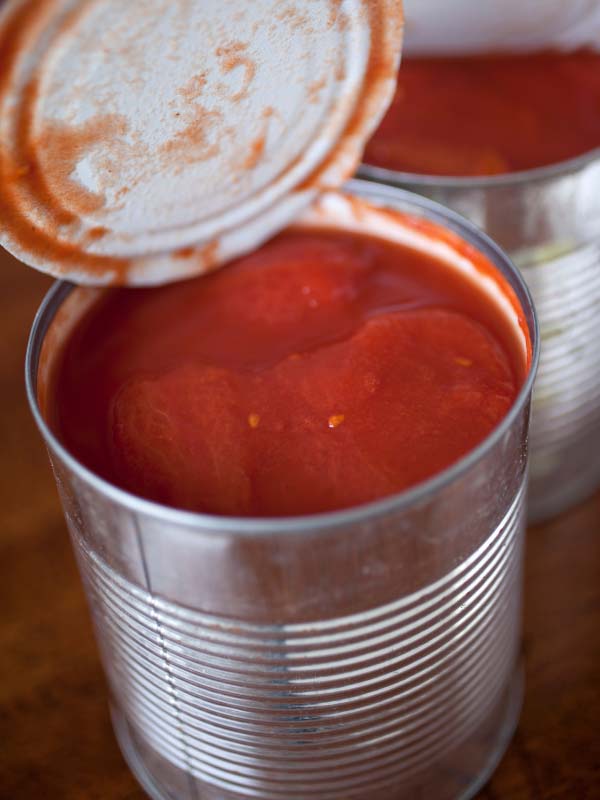
Canned tomatoes are a top-notch alternative when you need a substitute for tomato paste in your recipes. They offer the essence of tomatoes in a versatile and convenient form. To replace tomato paste with canned tomatoes, use a 1:1 ratio. You can use an equal amount of canned tomatoes for every tablespoon of tomato paste required.
One of the great advantages of canned tomatoes is their adaptability. You can easily transform them into a paste-like consistency by pureeing or blending them. This makes canned tomatoes an excellent choice for dishes like sauces, soups, and stews, where tomato paste is typically used. When you choose canned tomatoes, you bring the fresh and vibrant flavor of tomatoes to your cooking, ensuring a satisfying taste without the need for tomato paste.
Tomato Soup
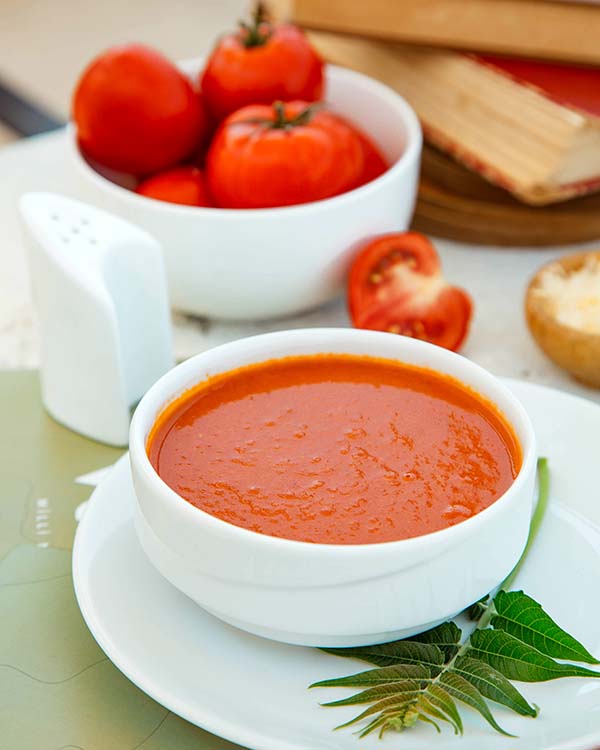
Image by KamranAydinov on Freepik
In various recipes, tomato soup can offer a flavorful and convenient alternative to tomato paste. It has a rich tomato taste and a smooth, liquid consistency, making it ideal for adding depth and tanginess to dishes. To use tomato soup as a substitute, you can use a 1:1 ratio.
Tomato soup works exceptionally well in soups, stews, and sauces where the liquid nature of the substitute complements the dish. It adds a delightful tomato essence while contributing a subtle, well-balanced flavor.
Ketchup

Ketchup is a surprisingly effective substitute for tomato paste in various culinary endeavors. Its smooth texture and tomato-based flavor profile can seamlessly replace tomato paste in many recipes. To use ketchup as a substitute, you can typically follow a 1:1 ratio, meaning that for every tablespoon of tomato paste required, you can use an equal amount of ketchup.
Ketchup's sweet and tangy notes can enhance the overall taste of your dishes, particularly in recipes where tomato paste plays a supporting role. It works particularly well in barbecue sauces, meatloaf, tomato and egg, and chili, contributing a distinct tomato essence with a touch of sweetness.
Sun-Dried Tomatoes
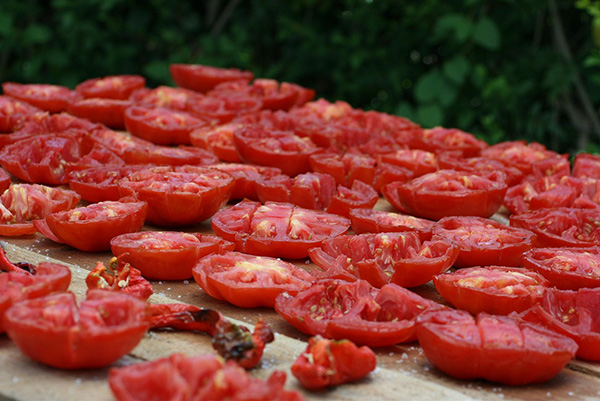
Sun-dried tomatoes offer a unique and flavorful alternative to tomato paste in various culinary applications. These tomatoes are concentrated in flavor and have a rich, sweet-tart taste that can enhance your dishes. To substitute sun-dried tomatoes for tomato paste, start by rehydrating them first. You can soak them in warm water for about 10-15 minutes until they become soft and pliable. Once rehydrated, you can blend them into a smooth paste.
The substitution ratio typically involves using 1 tablespoon of tomato paste for 2-3 tablespoons of rehydrated and blended sun-dried tomatoes. This ratio can vary depending on your recipe and personal taste preferences, so feel free to adjust accordingly.
Sun-dried tomatoes work exceptionally well in pasta sauces, stews, and Mediterranean-inspired dishes, adding a delightful burst of umami and a touch of sweetness. With their intense flavor profile and versatility, sun-dried tomatoes are a fantastic choice when you're seeking a tomato paste substitute that brings depth and complexity to your recipes.
Tomato Powder
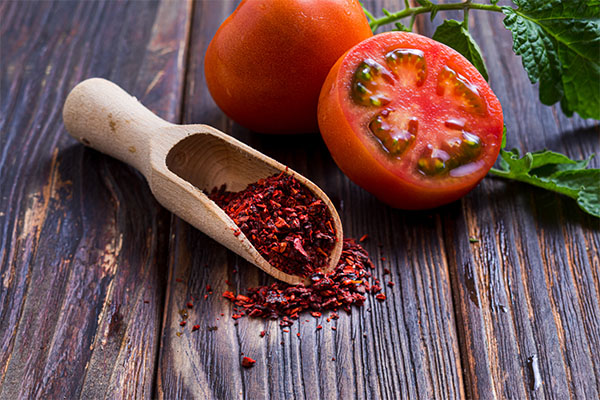
Tomato powder is an excellent tomato paste substitute that offers convenience and concentrated tomato flavor to your dishes. It is made by dehydrating ripe tomatoes and grinding them into a fine powder, preserving the essence of fresh tomatoes.
To use tomato powder as a substitute for tomato paste, you simply need to rehydrate it by mixing it with water to achieve a paste-like consistency. Typically, 2-3 tablespoons of tomato powder mixed with 1-2 tablespoons of water can replace 2-3 tablespoons of tomato paste.
This versatile alternative can be used in many recipes, including soups, stews, sauces, and even homemade ketchup. Its long shelf life makes it a practical choice for those looking to keep a tomato flavor enhancer on hand without the risk of spoilage.
Tomato Juice
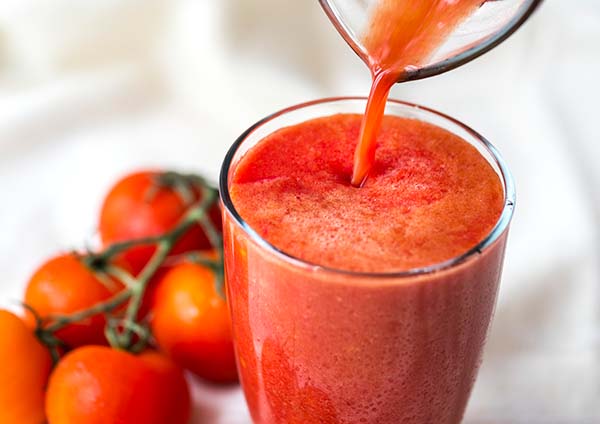
Image by rawpixel.com on Freepik
Tomato juice is a versatile tomato paste substitute in various culinary applications. It offers a liquid form of tomato that can be used in recipes where the paste's concentrated consistency is not critical. To use tomato juice as a substitute, you'll typically need to reduce it to achieve a thicker consistency like tomato paste.
To make this substitution, start with approximately 1 cup of tomato juice and simmer it on low heat until it reduces by about half, resulting in a concentrated tomato flavor. This process typically takes around 20-30 minutes. Remember that the reduction time may vary depending on the desired thickness and your specific recipe.
Tomato juice is an ideal replacement in soups, stews, and sauces, where the liquid form won't significantly alter the dish's texture. It's a convenient choice when you're out of tomato paste or prefer a more fluid tomato base in your recipes, offering a balance of flavor and moisture.
Crushed Tomatoes
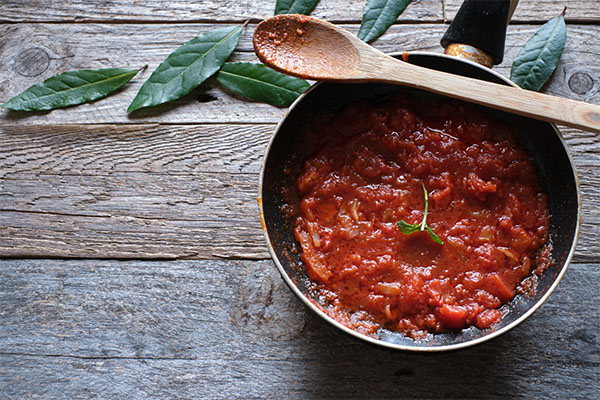
Crushed tomatoes are an excellent substitute for tomato paste when you need to maintain a rich flavor with a slightly different texture. Generally, for every 1 tablespoon of tomato paste required, you can use 2-3 tablespoons of crushed tomatoes. You'll want to adjust the quantity to achieve your recipe's desired consistency and flavor.
Crushed tomatoes are ideal for dishes with a chunkier texture, such as pasta sauces, chili, or soups, and won't affect the final result. They bring a vibrant tomato taste and a hint of texture to your dishes. When substituting with crushed tomatoes, be mindful of their moisture content; you may need to simmer your dish a bit longer to reduce excess liquid.
Marinara sauce
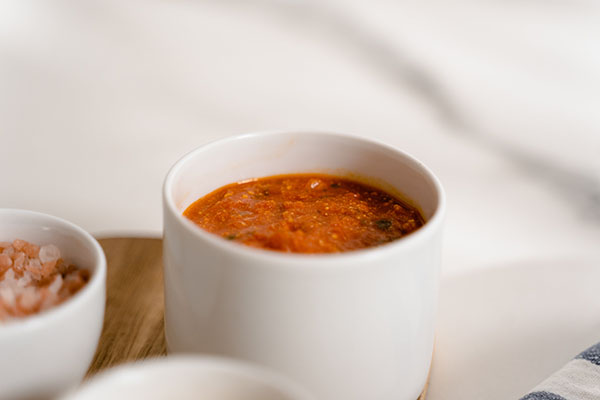
Marinara sauce is an excellent substitute for tomato paste when infusing your dishes with tomato flavor and a saucy consistency. You can typically substitute it in a 1:1 ratio for tomato paste, but you may need to adjust it based on the thickness and intensity of the sauce.
Marinara sauce is a versatile ingredient that works well in various recipes, including pasta dishes, casseroles, and stews. The added herbs and seasonings commonly found in marinara sauce add a rich, savory tomato taste and complexity.
When using marinara sauce as a tomato paste substitute, consider reducing the amount of salt and other seasonings in your recipe to account for the flavors already present in the sauce. Additionally, be cautious of any added sugar in the marinara sauce, as it can affect the overall sweetness of your dish.
Tomato purée
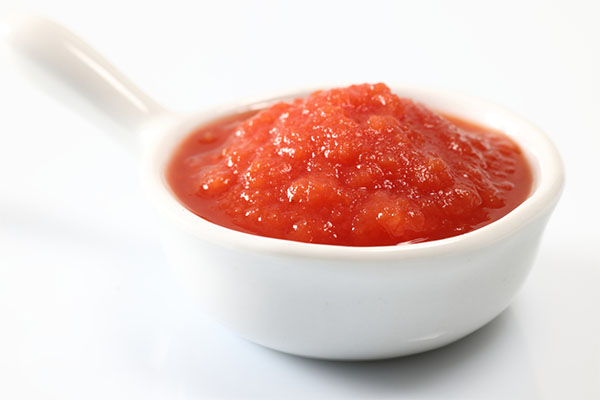
Tomato purée serves as an excellent tomato paste substitute due to its similar consistency and flavor. This substitution can save your recipe when you need tomato paste and have tomato puree on hand. Using tomato puree as a substitute is a one-to-one ratio, meaning you can replace an equal amount of tomato puree with tomato paste.
When to use this substitute depends on your recipe. Tomato puree works well in dishes where the thickness and texture of the paste are not critical, such as soups, stews, and sauces that will cook down and thicken over time. However, remember that tomato puree is slightly thinner than paste, so you may need to simmer your dish a bit longer to achieve the desired consistency.
Soy Sauce

While soy sauce may seem like an unconventional tomato paste substitute, it can work surprisingly well in certain recipes. When you're in a pinch and don't have tomato paste on hand, both dark and light soy sauce can provide a rich, umami flavor and a dark color to your dishes. To use soy sauce as a substitute for tomato paste, start with a small amount, typically around one to two tablespoons for every tablespoon of tomato paste required. Adjust the quantity based on your taste preferences and the specific recipe.
Soy sauce works best in recipes whose distinctive flavors won't clash with the other ingredients. It's an excellent choice for adding depth to Asian-inspired dishes, marinades, and stir-fries. However, it's important to note that while soy sauce can mimic the savory element of tomato paste, it won't provide the same tomatoey tang. Hence, it's not ideal for recipes where that flavor is essential.
Pizza Sauce
Pizza sauce can effectively substitute tomato paste in recipes where its additional flavors and slightly thinner consistency will complement the dish. Since pizza sauce is seasoned and less concentrated than tomato paste, it brings a ready-made blend of herbs and spices that can enhance the overall taste of a recipe.
When substituting, consider using a bit more pizza sauce to match the intensity of tomato paste — starting with a 2:1 ratio of pizza sauce to the tomato paste required can be a good guideline. This substitution works well in pasta sauces, stews, and where a rich tomato base is desired, adding a nuanced flavor profile that might otherwise require additional seasoning.
How To Make Homemade Tomato Paste
You can make a quick tomato paste substitute if you have fresh tomatoes around. Homemade tomato paste is a flavorful and versatile ingredient that can elevate your dishes. Here's a simple recipe for making tomato paste at home:
Ingredients
4-5 pounds of ripe fresh tomatoes (Roma or plum tomatoes work well)
Olive oil
Salt
Optional: Fresh basil or oregano for added flavor
Instructions
- Start by washing and removing the stems from the tomatoes. If you prefer, you can also peel the tomatoes by blanching them in boiling water for about a minute and then transferring them to an ice bath to make peeling easier. However, peeling is optional.
- Cut the tomatoes into chunks and remove the seeds. In a sizable pot, warm olive oil over medium heat. Add the tomato chunks, a pinch of salt, and any fresh herbs you'd like to use.
- Let the tomatoes simmer on low to medium heat for several hours, stirring occasionally. The goal is to reduce the tomatoes' liquid content and concentrate the flavors. Let it simmer for 3-4 hours or until the mixture has thickened significantly.
- Once the tomatoes have reduced and thickened to your desired consistency, remove them from the heat and let them cool slightly. Then, use a blender or food processor to puree the mixture until smooth.
- If you want a smoother paste, strain the pureed tomatoes through a fine-mesh sieve to remove any remaining seeds or solids.
- Transfer the tomato paste to clean, airtight containers. You can store it in the refrigerator for a few weeks or freeze it for longer-term storage. Be sure to leave some space at the top of the containers to allow for expansion if freezing.
